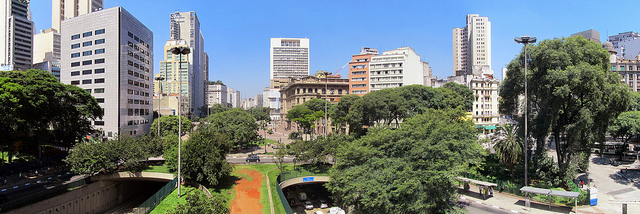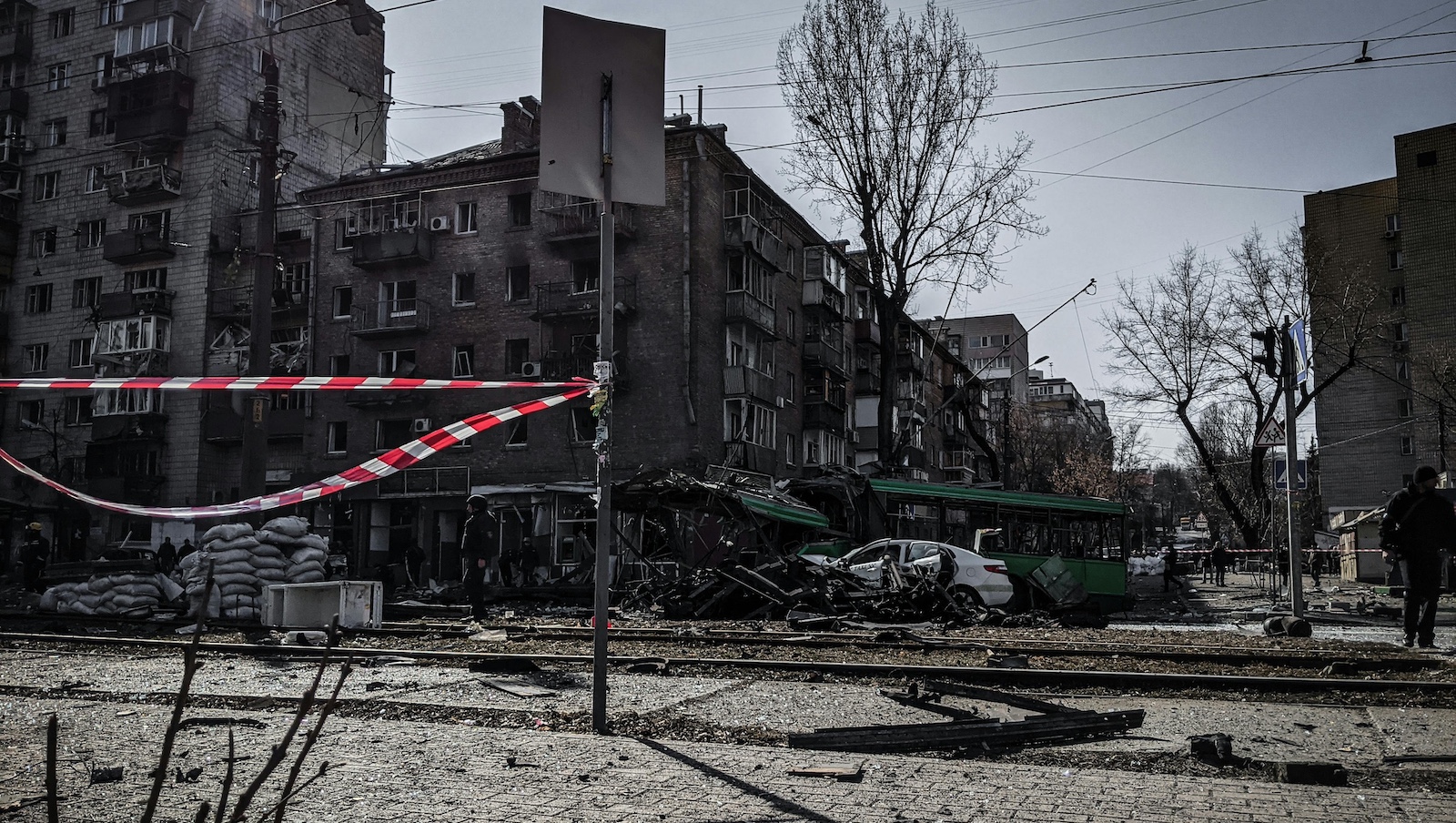- Brazil imposes the highest income tax in the region, with insurer profits taxed at 40%. Popular products include health insurance and term life insurance, as well as auto and property covers, which are sold by independent brokers. Tax incentives for retirement accumulation plans are growing in popularity.
- Mexico’s tax incentives, promoting retirement savings and a reasonable income tax structure, are contributing to growth. In a country where third-party auto liability coverage is mandatory in several cities, auto insurance generates the highest premiums.
- The scenario is similar in Chile, where auto insurance is also compulsory and characterized by intense price competition. Provisional life and retirement products are part of the national social security system. Approximately half of all insurers are subsidiaries of international firms. Although an open market has led to stability and a competitive balance, insurers continue to adapt in the wake of earthquakes and other natural disasters.
- In Argentina, independent agents and brokerage firms account for an estimated 75% of total premiums. The nationalization of private pension funds in 2008 changed the insurance industry structure, sharply reducing the size of the life and annuity market and the number of insurers in the country. Argentina imposes a high income tax burden, with profits taxed at 35% and a 10% dividend withholding tax.
- Colombia, the fifth largest Latin American insurance market, is partially focused on investing in infrastructure to encourage demand for guaranty bonds. Automobile insurance, compulsory personal auto accident protection and reinsurance and earthquake insurance are the most important product lines. The industry aims to develop catastrophe insurance markets and enhance risk models, hoping that a stable commercial market will help deter government response to gaps in market coverage.
- Peru has upgraded its economy in recent years to manage its rapid growth. Significant changes are being made in consumer protection, tax legislation and new regulation. Peru’s growth forecast is 6% this year, compared with predicted growth of 1.5% for Brazil and 1.1% for Mexico. Many foreign companies are considering Peru as a safe and desirable country for investment.
- Wealth disparity
- Insufficient tax incentives for retirement products
- Lack of knowledge among the general population about the value of insurance
- Argentina’s life insurance and workers’ compensation policies
- Mexico’s life and pension insurance
- Certain insurance contracts in Chile, including those related to international trade, insurance of assets located outside of Chile and earthquake-related coverage






